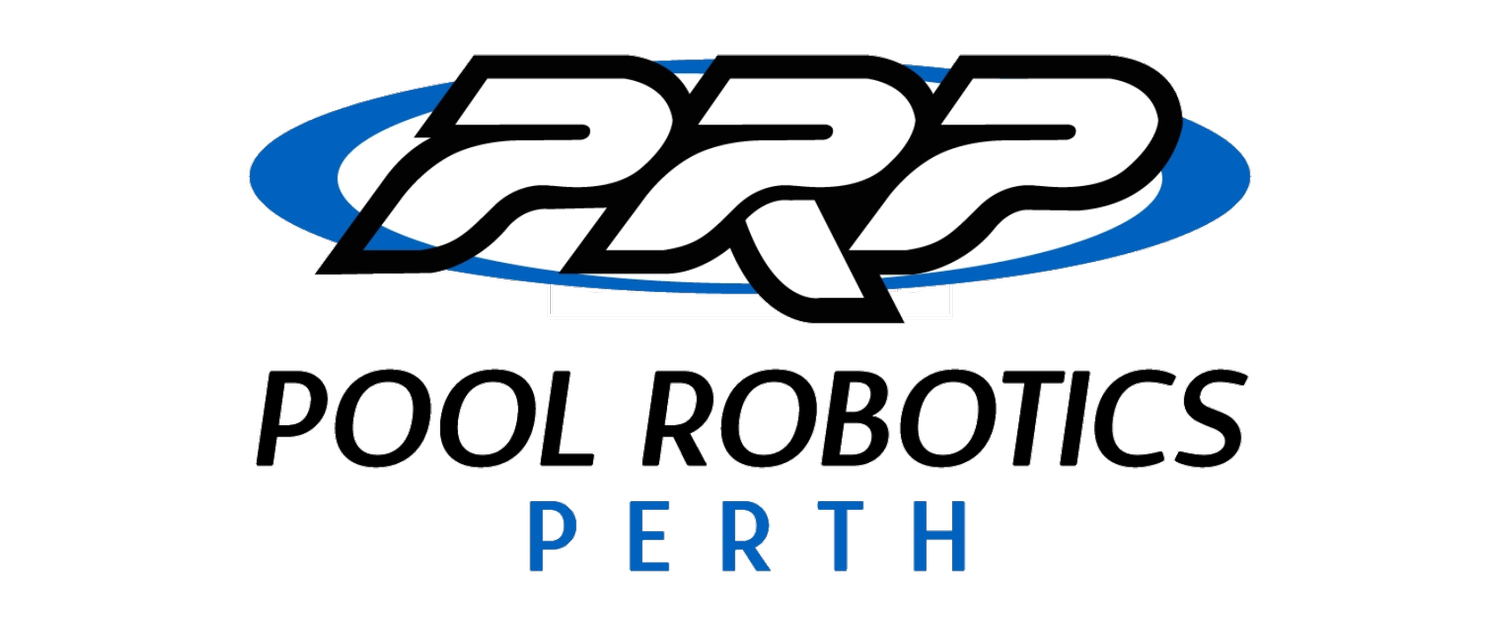Suction Cleaner vs Robotic Cleaner
In this fast paced world consumers are looking at ways of reducing time spent on a number of household activities and cleaning the pool is one of them. Manually vacuuming your pool although effective, is time consuming and everything that is sucked up by your vacuum head is swiftly deposited into your filtration system. This will increase the need to backwash your filter or clean your cartridge element.
With a large number of different pool cleaners on the market and the ready access to information and opinion, it is easy to see why people are getting bogged down and even confused when it comes to purchasing the right pool cleaner for their pool.
Suction Cleaners
Swimming pool suction cleaners are attached via either a continuous hose or a number of hose lengths to your system via your skimmer box. When your pool pump engages it creates suction and the cleaner moves around the pool collecting debris. Suction cleaners are generally installed and left in the pool 24 / 7 and move around your pool only whilst your system is running. Depending on the model of cleaner, some will only clean the floor of the pool while others will clean both the floor and walls.
The benefit of a suction cleaner is that it is cleaning your pool every time your system is running however their are a few downsides to having this type of cleaner.
Firstly your suction cleaner is installed into your skimmer box via a vacuum plate thereby blocking off your skimmer box and not allowing your skimmer to do the function it was designed for.
Secondly, as stated above the cleaner is only operating in your pool whilst your pool pump is running.
Thirdly, like manually vacuuming your pool, everything the suction cleaner picks up is pushed either into your skimmer basket, or if the particles are fine enough, through your basket and deposited into your filtration system.
Customers with cartridge filters generally find they are cleaning the cartridge element often as the pressure builds up quickly due to the debris collected. Customers with sand filters are backwashing more frequently which then requires the pool to be topped which dilutes your chemical levels faster.
Robotic Cleaners
Robotic pool cleaners are a low voltage electric pool cleaner. Plugged into a 240 volt power socket, the power supply transforms the power from 240 volt to around 28 – 30 volt dependant on the cleaner. By the time the electrical current travels down the 14 – 18 metres of cable the robotic cleaner is generally powered by around 24 volts.
There are a number of robotic pool cleaner manufacturers on the market and their robots will have slight differences with their scanning and operating technology including the use of gyroscopes, accelerometers and mathematical algorithms to best map out and clean your pool.
In short, a robotic pool cleaner is placed in the pool when the pool needs to be cleaned. It will scan or map you pool for dimensions and work off an algorithm to best cover your size pool during its pre-determined running time. Debris collected by your robotic pool cleaner is collected in either a filter bag, basket or set of cartridges depending on your cleaner.
There are some disadvantages of robotic pool cleaners including the initial price point. Some domestic robotic cleaners can weigh anything up to 12 kg’s and the price of some repairs (dependent on manufacturer) can be costly.
The advantages of a robotic pool cleaner however, are numerous;
Lower energy and running costs
Runs independently of your filtration system
Leaves your skimmer box open to do what it was designed to do
Reduction in chemical usage
Reduced time in the pool. Just drop it in when the pool is dirty.
Super-simple installation
Low noise level
Will not get stuck in a corner like your old suction cleaner
Will pick up finer material than a suction cleaner
Great product warranties
Robotic pool cleaners are also very popular in conjunction with variable speed pool pumps. These pumps are capable of running at low speeds which is enough for water to continue to circulate through your pool and save you hundreds of dollars in your energy costs per year. With a suction cleaner you are not able to take advantage of the lowest speed of these pumps as they require a minimum flow rate to operate.
One final thought if consumers are leaning towards the purchase of a robotic pool cleaner is that not all robotic cleaners will be suitable for your pool size. Before running out and throwing your hard earned cash away on a robot that will not do the job, talk to an expert who will be able to point you in the right direction.
For more information on the right robotic pool cleaner for your pool call Pool Robotics Perth on (08) 9248 8721.


